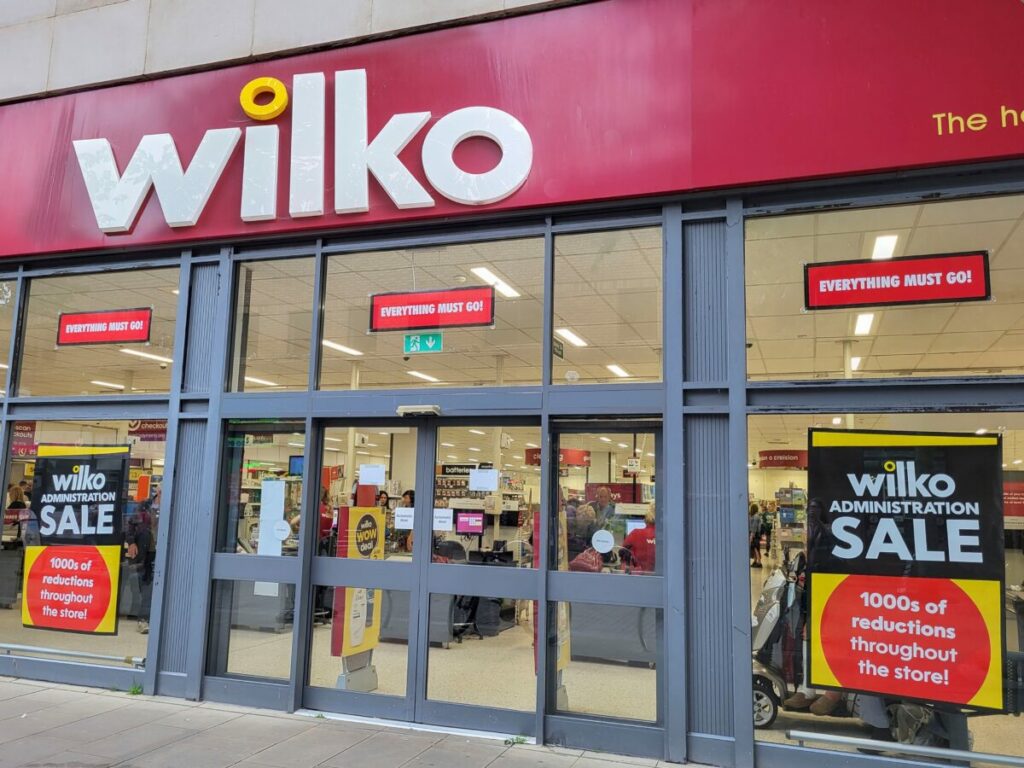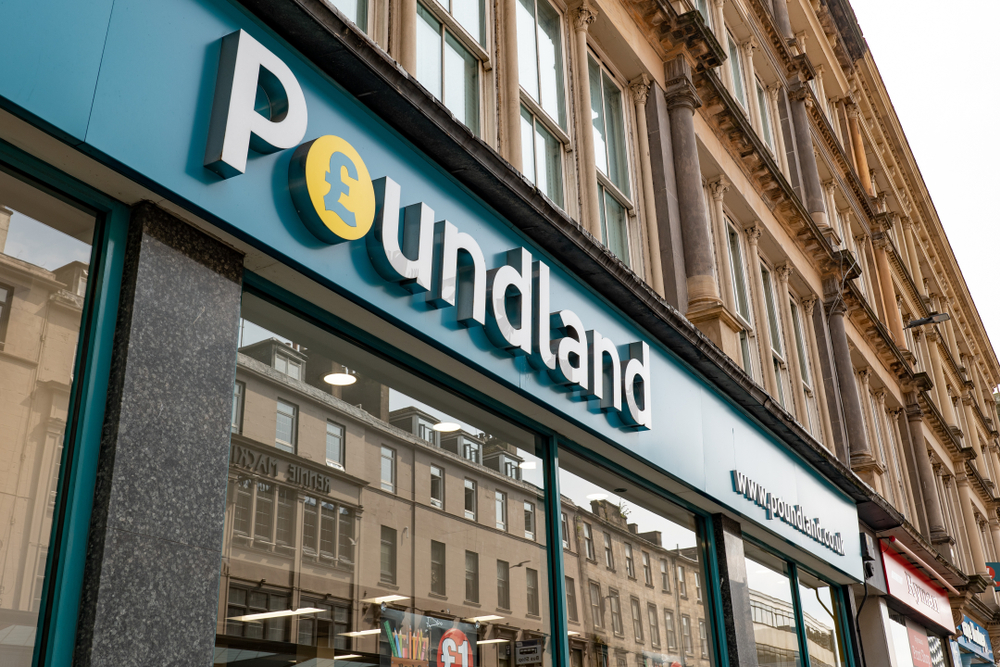The Wilko story drew to a close this week after it emerged that two last-minute bids to save the retailer had fallen through.
Administrators at PwC are now in the process of selling off the scraps of the business, with rivals including Poundland, B&M and The Range picking up its assets.
Wilko plunged into administration early last month having spent the majority of the year teetering on brink of collapse, despite the rest of the value sector soaring amid the cost-of-living crisis.
It seems there is plenty of growth potential for the sector, however, has Wilko’s casualty cast a doubt on the sector’s resiliency?
The ‘most resilient’ category in retail
The value sector has proven time and time again that its popularity soars in economic downturns as shoppers look to make their money go further.
In their last quarter, B&M and Poundland sales jumped 13.5% and 8.6% respectively.
But the recent success is not just down to macro conditions. Kantar strategic insight director Tom Steel explains value retailers “broadening their appeal” and giving customers “access to a big range of categories at lower prices” is driving growth right now.
It’s a formula that’s been mastered by TK Maxx for the last 29 years, with a typical shop stocking everything from fashion, handbags and accessories to cooking utensils, stationery and home furnishings at – more often than not – significantly reduced prices.
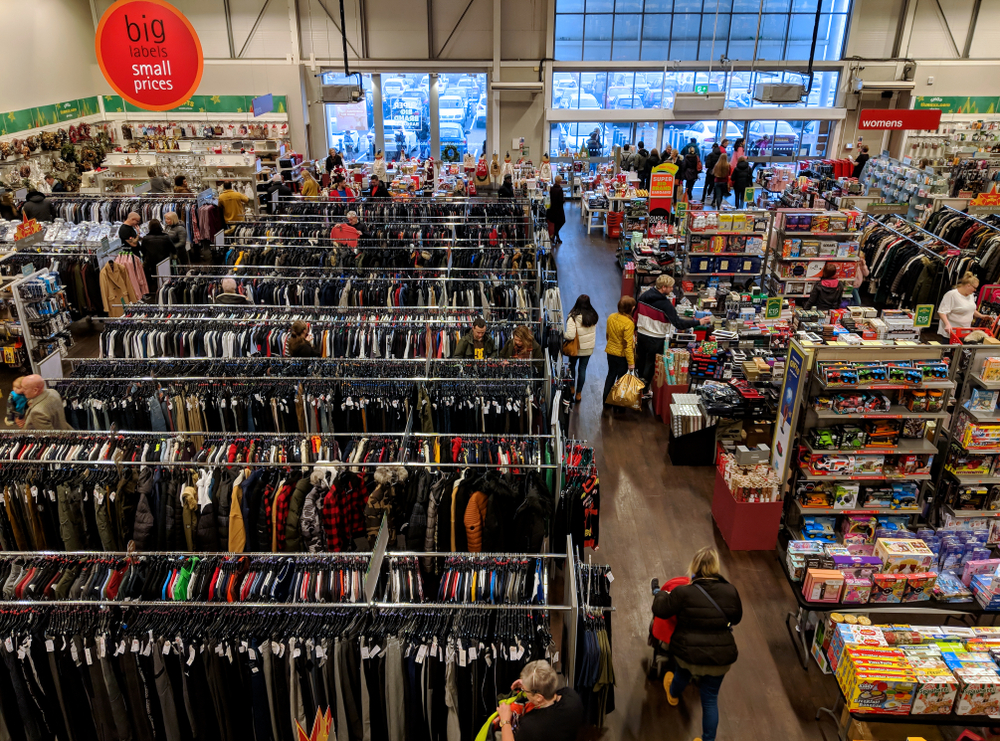
Bloomberg Intelligence analyst Conroy Gaynor adds that a wave of more affluent customers have joined the flurry of new shoppers as social stigmas surrounding bargain retail fade.
This has in part come about by retailers investing more into updating their stores and shop fronts as well as making their branding more attractive, he says.
“The stores have improved in image too; they’re not dark dingy places anymore”, says Gaynor, adding that “they’ve made themselves places that people might actually want to shop”.
Is value as resilient as we think?
From the outside looking in, the discount sector is thriving from consumers shopping with value in mind.
In fact, many retailers in the sector including The Range, Poundland and B&M are keen to capitalise on the strong momentum and have unveiled aggressive store expansion plans in recent months.
However, the rapid demise of Wilko – which spent the majority of the past year scrambling to secure emergency funding – has raised questions of whether the current boom is as strong as it seems.
GlobalData analysts argue that the family-owned high street chain’s foreseen collapse should be viewed as an outlier.
Indeed, the firm forecasts that the UK value, discount, variety stores and general merchandise retail channel is set to grow by 5% per year, reaching £59.4bn in value by 2027.
GlobalData retail research director Patrick O’Brien told Retail Gazette last month that Wilko had failed to capitalise on growth in the sector as it did not keep up with its rivals, which had “really eroded its competitive position and undercut Wilko on price”.
The argument was later echoed by the retailer’s former managing director Gordon Brown, who argued Wilko had become “less aggressive on pricing” when it dropped its “successful model of low price, low cost”.
But it wasn’t just pricing that saw Wilko fall out of favour. A rescue bid put forward by HMV owner Doug Putman collapsed late last week following concerns around operating costs.
Putman said that despite having financial backing, the retailer required an overhaul of its trading framework and legacy operations infrastructure to provide a stable enough foundation for its long-term success.
Wilko is not the first retailer to find itself an outcast in a booming market. Its collapse follows in the footsteps of Woolworths in 2008, 99p Stores in 2017 and later Poundworld in 2018.
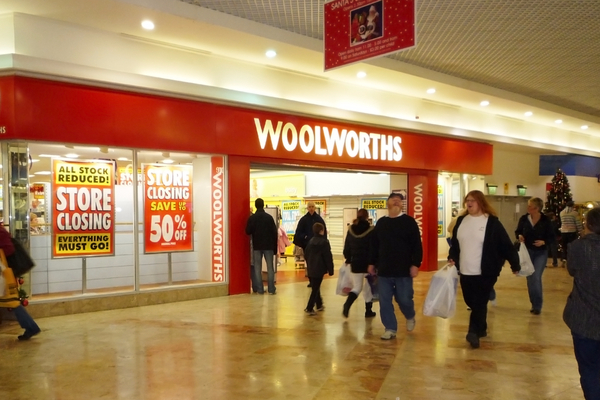
GlobalData lead retail analyst Nick Gladding says: “Value retail has always been a challenging part of the market to operate in, with low margins making the sector vulnerable to any changes in demand and operating costs.”
Such market pressures are also being felt amongst Wilko’s rivals, with Poundstretcher’s profits taking a £76m nosedive to £11.7m in the year to 31 March 2022 after stock shortages placed heavy pressure on margins.
Meanwhile, Home Bargains took a 26% cut to its profits in the year to 30 June 2022 due to mounting costs of refitting new and existing stores.
What is the long-term growth potential of the market?
The cost-of-living crisis is clearly leading to some shoppers switching to value retailer, but what will happen when inflation eases?
Gladding believes people will “shop around a little less once the economy settles, so retailers in the sector will need to work harder to secure and retain customers”.
The industry has already seen more of a shift among value retailers branching out and extending its categories to become more of a one-stop-shop rather somewhere to pick up the odd item.
Poundland, for example, revealed in June it was accelerating the rollout of its grocery range to over 570 stores in a bid to compete with the supermarket giants.
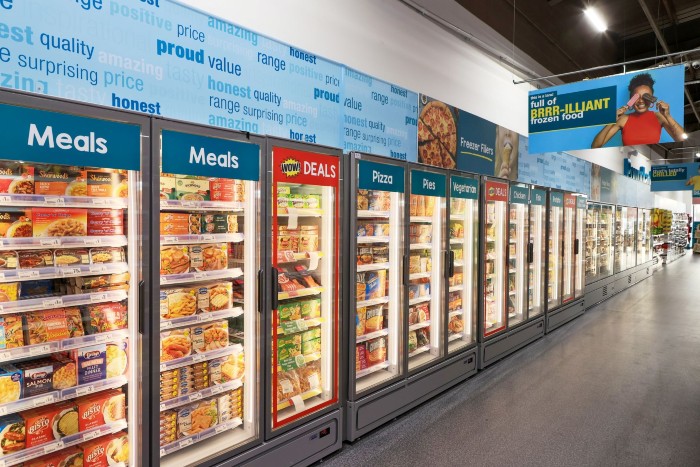
Similarly, Home Bargains announced in July it was opening in-store bakeries in more than 64 of its branches across the UK.
“The inclusion of a more comprehensive grocery offer has helped to drive footfall and make value retailers relevant to more shopping missions,” says Gladding, who adds that stronger clothing offers have also helped.
He adds: “Many value retailers have begun to be seen as go-to retailers for seasonal events such as Back to School and Halloween.”
However, Gladding also points out that “the diversity and complexity of Wilko’s range played a part in its downfall”.
Value giants are also keen to expand their store presence in a bid to increase footfall.
The Range plans to open 100 new branches across the UK and Republic of Ireland this year, while Poundland is on track to open at least 550 net new locations this financial year.
The discount retailer inched closer to its target when it revealed on Tuesday that it had agreed to take control of 71 Wilko store leases, adding that current Wilko staff would have priority when applying for jobs at the new Poundland shops.
It follows rival B&M, which agreed a £13m deal last week to acquire 51 of the collapsed retailer’s stores.

The big value players have taken various approaches to their expansion plans with the likes of The Range, B&M and Home Bargains targeting retail parks, while Poundland and Poundstretcher are opening more high street locations.
What’s next?
Like any sector, value is not immune to market sensitivity – however, it does benefit from offering competitive prices on many household goods.
“There’s always going to be need for people to want cheaper items without having to compromise on quality,” says Steel.
According to Gladding, the market share left behind by Wilko will “clearly be picked up the retailers confirmed as buyers for its stores”.
He adds that the fallen retailer’s sales will be redistributed to its competitors, with its homewares audience “most likely to also shop at B&M, Dunelm, Tesco, Argos and Asda”.
Despite the growth expected across the sector, the collapse of Wilko – and many of its predecessors – has shown that not all retailers will benefit equally.
With fierce competition and narrow profit margins, value retailers need to be on the top of their game to ensure they are firmly in the winners’ camp.
Click here to sign up to Retail Gazette‘s free daily email newsletter

